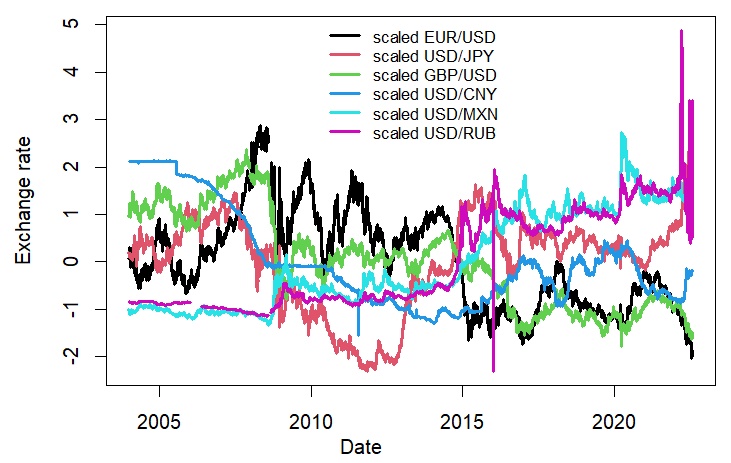Historical exchange rates play a crucial role in financial analysis, providing valuable insights into currency trends, market volatility, and economic stability. By examining historical exchange rate data, analysts, traders, and investors can gain a better understanding of past market behavior and make more informed decisions about future transactions. In this article, we will explore the importance of historical exchange rates, how they are used in financial analysis, and why they are essential for understanding global markets.
What are Historical Exchange Rates?
Historical exchange rates refer to the past values of one currency relative to another. These rates are typically expressed as the amount of one currency needed to purchase one unit of another currency and are recorded over a specific period, such as a day, month, or year.
Importance of Historical Exchange Rates
-
Market Analysis: Historical exchange rates are essential for analyzing market trends and identifying patterns in currency movements. Analysts use this data to forecast future exchange rate movements and make informed trading decisions.
-
Risk Management: For businesses involved in international trade or investments, historical exchange rates are crucial for managing currency risk. By examining past exchange rate data, businesses can develop strategies to hedge against currency fluctuations and protect their profits.
-
Economic Indicators: Historical exchange rates are often used as economic indicators, reflecting the strength of a country's economy relative to others. Changes in exchange rates can signal changes in economic conditions, such as inflation, interest rates, and trade balances.
-
Investment Decisions: Investors use historical exchange rates to assess the performance of foreign investments. By comparing current exchange rates to historical data, investors can determine whether their investments have appreciated or depreciated in value.
How Historical Exchange Rates are Used in Financial Analysis?
-
Trend Analysis: Analysts use historical exchange rates to identify trends in currency movements, such as long-term appreciation or depreciation. This information helps them predict future exchange rate movements and make informed investment decisions.
-
Volatility Analysis: Historical exchange rates can also be used to measure market volatility, which is the degree of variation in exchange rates over time. High volatility indicates greater uncertainty in the market, while low volatility suggests a more stable market environment.
-
Correlation Analysis: Analysts use historical exchange rates to study the relationship between different currencies and other economic indicators. This analysis helps them understand how changes in one currency affect others and how these relationships can impact investment portfolios.
-
Forecasting: Historical exchange rates are used to develop forecasting models that predict future exchange rate movements. These models take into account factors such as interest rates, inflation, and economic growth to provide insights into future currency trends.
Historical exchange rates are an invaluable tool for financial analysis, providing insights into currency trends, market volatility, and economic conditions. By examining past exchange rate data, analysts, traders, and investors can make more informed decisions about future transactions, manage currency risk, and understand global market dynamics. As such, historical exchange rates are essential for anyone involved in international trade, investments, or financial analysis.


No comments yet